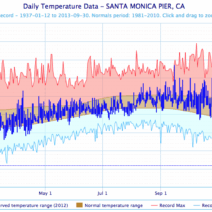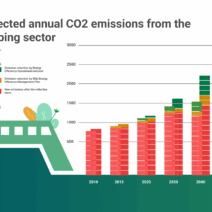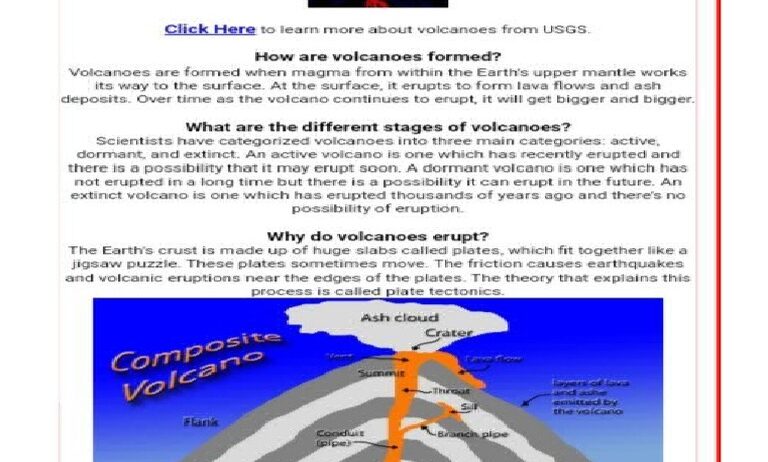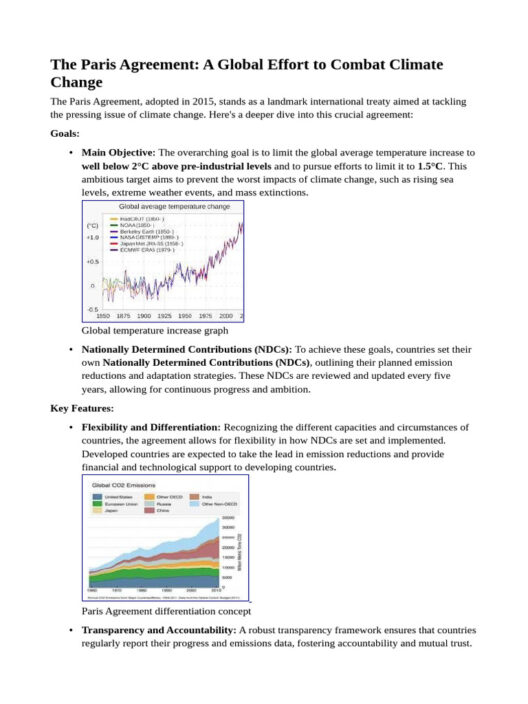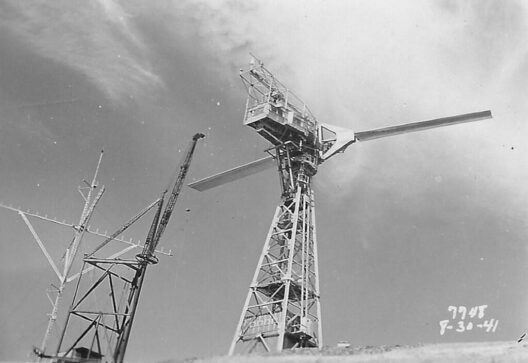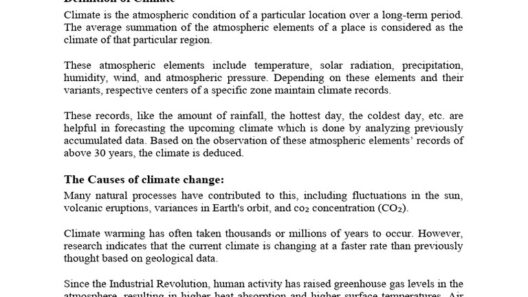Climate and weather, although often used interchangeably in casual discourse, possess fundamental differences that are crucial for understanding our planet’s intricate environmental systems. Both elements play pivotal roles in shaping ecosystems, human life, and the overarching conditions on Earth. However, to grasp their distinct features, one must delve into their definitions, temporal scales, and influences on our daily lives.
Defining Weather: A Momentary Glance
Weather pertains to the short-term atmospheric conditions in a specific locale at a particular moment. This ephemeral phenomenon encompasses various elements, including temperature, humidity, precipitation, wind, and visibility. Weather can change dramatically from one moment to the next; a sunny morning can morph into an afternoon deluge, illustrating its volatile nature. Meteorologists utilize sophisticated instruments and models to forecast weather patterns, often focusing on hour-to-hour and day-to-day changes. Understanding weather is essential not only for daily activities but also for preparing for severe events such as storms, hurricanes, and blizzards that can have immediate and devastating effects on communities.
Unpacking Climate: The Long-Term Perspective
Climate, in stark contrast, refers to the aggregate of atmospheric conditions measured over extended periods—typically 30 years or more. It is the statistical average of weather patterns in a region, encapsulating trends and variations that manifest across seasons and years. This broader lens allows climatologists to discern patterns that may indicate shifts due to factors like greenhouse gas emissions and human activities. For instance, while a single erratic spell of cold weather may seem anomalous, climate assessments may reveal a long-term trend of increasing temperatures across multiple decades, highlighting significant changes in global temperatures or precipitation patterns. Understanding climate is essential for making informed decisions about sustainability, resource management, and long-term planning regarding agriculture, urban development, and land use.
The Temporal Scale: Short vs. Long Term
The distinction between weather and climate can further be elucidated by examining their temporal scales. Weather events are transient, with durations reaching from mere minutes to a few days; these fluctuations contribute to the day-to-day experiences of individuals in distinct locales. Conversely, climate encompasses the long-term measurements that help scientists and policymakers anticipate seasonal variations, droughts, or floods over years and decades. This perspective is critical for understanding where to invest in infrastructure, how to manage natural resources sustainably, and how to adapt to inevitable changes.
Interplay and Interdependence: How They Affect Each Other
Weather and climate, while distinct, are inextricably linked. Weather patterns can influence the climatic conditions over time. For instance, an unusually harsh winter could impact local climate records if it occurs frequently over several years. Similarly, climatic changes affect weather parameters; a warming climate can lead to increased humidity, which in turn may result in more intense precipitation events. Understanding this complex interplay is vital for forecasting and preparing for future challenges, such as climate change-induced phenomena like extreme weather events and changing marine ecosystems.
Implications for Society: The Need for Awareness
The differentiation between weather and climate holds significant implications for society. While weather forecasts can guide daily decisions—where to dress appropriately or whether to carry an umbrella—climate assessments shape policies at local, national, and global levels. Societies must consider long-term climate trends to prepare for changing environmental conditions, which can affect food security, water supply, health, and overall community resilience.
Human Influence: A Growing Concern
The Anthropocene has ushered in a phase where humanity’s influence is palpable in both weather and climate phenomena. Urbanization, deforestation, and greenhouse gas emissions are altering natural patterns. Thus, the awareness of the differences between weather and climate becomes more critical. Short-lived weather events may seem disconnected from gradual climatic changes, but they often reflect deeper issues stemming from human activity. Understanding this connection fosters a more comprehensive approach to tackling environmental challenges.
The Future Landscape: Adapting to Changes
As we advance into an era marked by rapid changes, the distinction between weather and climate will become increasingly significant. Climate change poses unprecedented challenges, leading to altered weather patterns, as seen in the frequency of extreme weather events. Societies must adapt by building infrastructure resilient to both immediate weather-related disasters and long-term climate shifts. Education and awareness regarding these differences are paramount, allowing individuals and communities to navigate impending challenges effectively.
In Essence: Navigating the Complexity
In conclusion, while weather and climate may appear to be mere facets of meteorological phenomena, they embody layers of complexity that underpin numerous global systems. Understanding their distinctions is essential for anyone interested in environmental science, sustainability, or simply the temporal tapestry of life on Earth. By fostering this understanding, we can prepare for the short-term fluctuations and long-term adaptations required to thrive in an ever-changing world.
